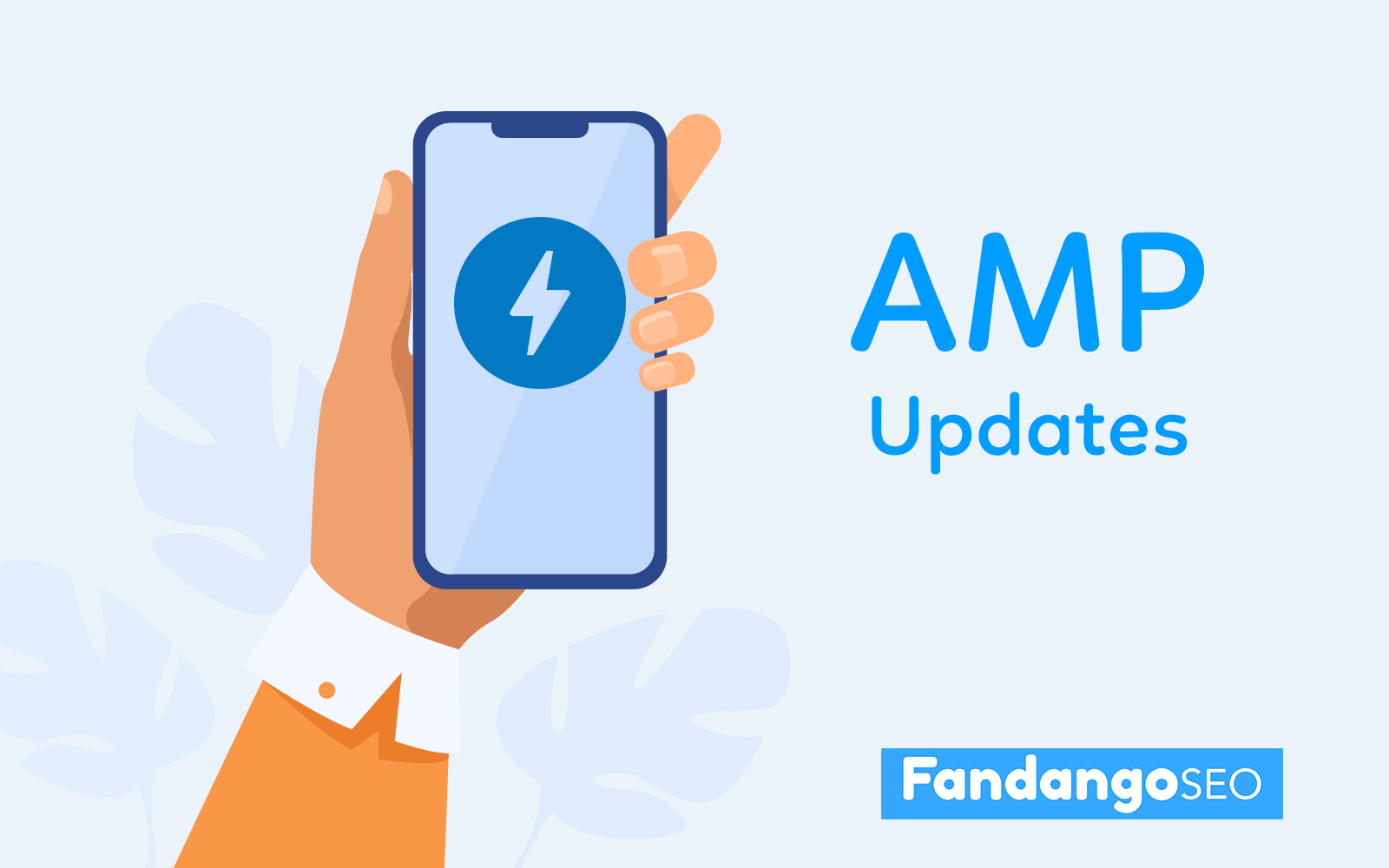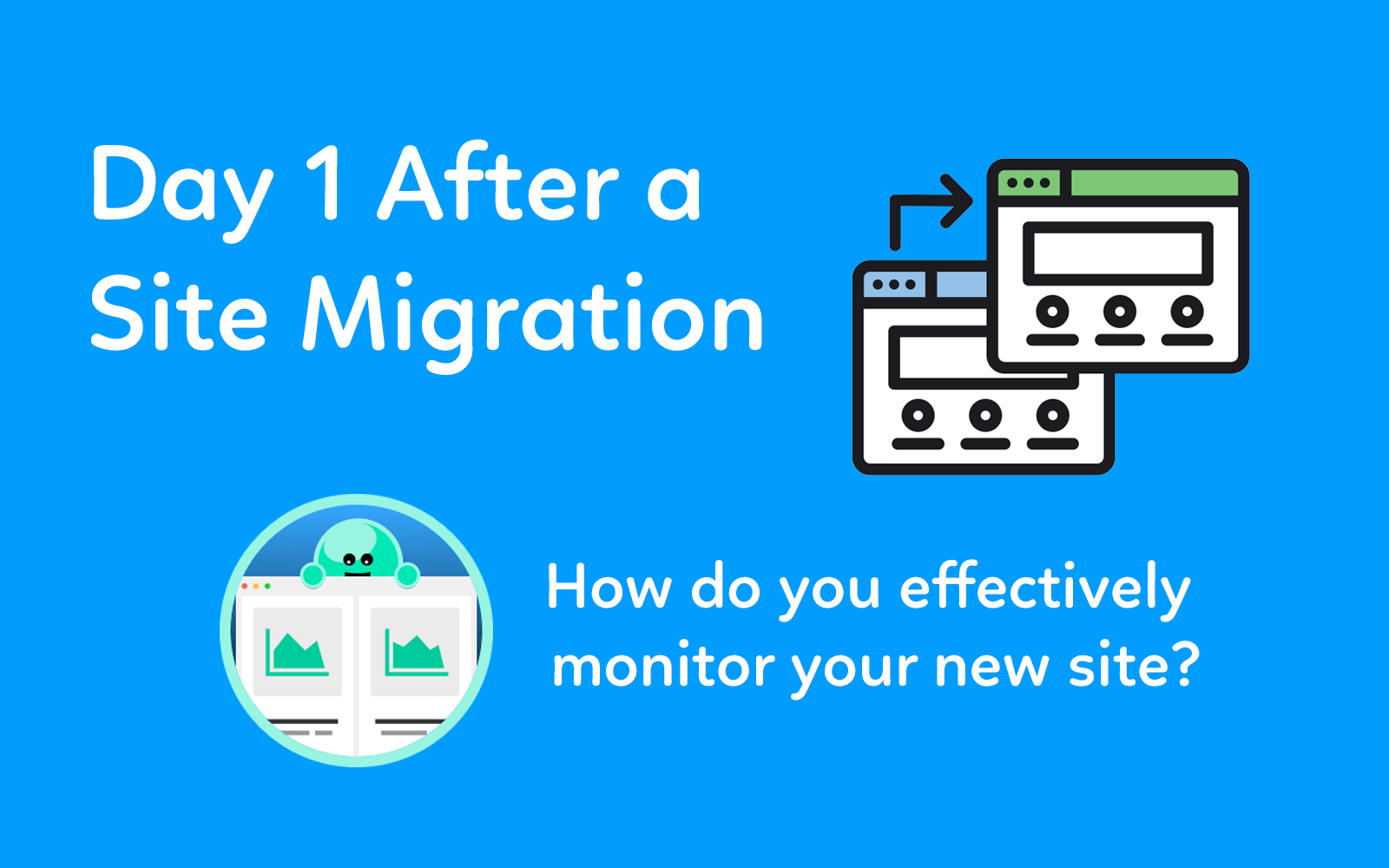Mobile navigation is a trend. Not too many people sit in front of a computer to check the Internet, but more and more people use their mobile devices to make their browser queries. This is why AMPs have emerged, making mobile browsing faster.
Logically, an important project like this one is continually updated. So we’re going to explain what the AMP updates have been in the last months.
Table of Contents
What is AMP?
When we talk about AMP, we refer to the Accelerated Mobile Pages, a type of page that Google and Twitter have created to make mobile browsing faster. This is a simpler HTML language, which gives developers the ability to create pages that load faster on mobile devices.
Why is AMP important for SEO?
AMP is relevant for SEO because Google ‘rewards’ sites with an adequate loading speed. With Accelerated Mobile Pages users don’t have to wait longer than usual to access the information they are looking for.
In the past, it was common for mobile users to find pages that took a long loading time. This caused these mobile sites to lose ranking position, as people usually ended up searching other pages.
AMP latest updates
In recent months, the AMP project has announced several updates. Here’s a summary of them:
The announcement of Core Web Vitals
In May 2020, the Chrome team announced Core Web Vitals, a series of metrics related to responsiveness, page speed, and visual stability. These metrics help site owners measure the user experience on their sites.
Google announced a search update shortly after these page experience metrics were incorporated into the AMP. Core Web Vitals was combined with existing AMP metrics for Google’s Page Experience, providing a holistic picture of the quality of the user experience on a page.
A recent analysis on “Correlation between Core Web Vitals and AMP” published by Sixing Chen, Data Scientist at Google, on the HTTP Archive Blog assures that AMP complies with web performance best practices. It demonstrates that AMP pages have a better chance of complying with the Core Web Vitals.
Another announcement was that the page experience metrics were incorporated into the Top Stories feature’s ranking criteria in Mobile Search. Google removed the AMP requirement for Top Stories’ eligibility.
Google would continue to support the project and link to AMP pages when available. And AMP would continue to update their developer tools, helping site owners optimize the site experience.
One last update announced on January 28, 2021, is the work that the AMP team is currently performing to enable high-performance AMP components to be used on non-AMP pages.
The below Bento components are available on an experimental basis during their developer preview.
- amp-accordion
- amp-base-carousel
- amp-inline-gallery
- amp-stream-gallery
- amp-date-countdown
- amp-date-display
- amp-fit-text
- amp-instagram
- amp-lightbox
- amp-selector
- amp-social-share
- amp-timeago
- amp-youtube
- amp-video
It is noted that for the moment and because it is a preview for developers, the use of Bento components in AMP pages will invalidate them. However, this is something that will change when the full launch takes place. A specific date has not yet been confirmed.
AMP Page Experience Guide
We’ve also seen the launch of the AMP Page Experience Guide, a tool for developers containing specific practical feedback to help them improve their AMP sites’ performance. It includes a guarantee that if an AMP page does not meet the page experience signals, they can provide actionable feedback or personal assistance.

Updates in the Web Story format
In 2020, there were several updates that affect the Web Stories format, including customizable survey and questionnaire functionality, 360 video integration, and the ability to embed Web Stories directly into a site with an open-source Story Player.
Preliminary version for AMP from Verizon Media.
Verizon Media (Yahoo Mail) launched its preview version for AMP and AMP Email developers, which will be in the Salesforce Marketing Cloud in Q1 2021.
How to implement AMP
The project provides documents and resources to convert pages into AMP very easily. Especially those who use WordPress only have to install the official AMP plugin.
However, no matter how the process is implemented. It may be necessary to make certain adjustments manually so all elements work as they should. Nevertheless, it is a process that usually takes from a few days to three weeks at the most.
Once you are sure that the page is ready, you can test it with the AMP validator. Google uses this tool to check if a page is AMP compliant, and therefore if it can be read in the preview mode.
This validator provides a complete report on all the problems it detects. When these issues are solved, the page is ready to be published.
Final reflections
Although the AMP project offers extraordinary speed benefits without affecting usability, those advantages will soon reach non-AMP fast pages. Therefore, we may soon be talking instead about a mobile optimization option.
Last Updated on January 29, 2021 by Victor Perez Vas




